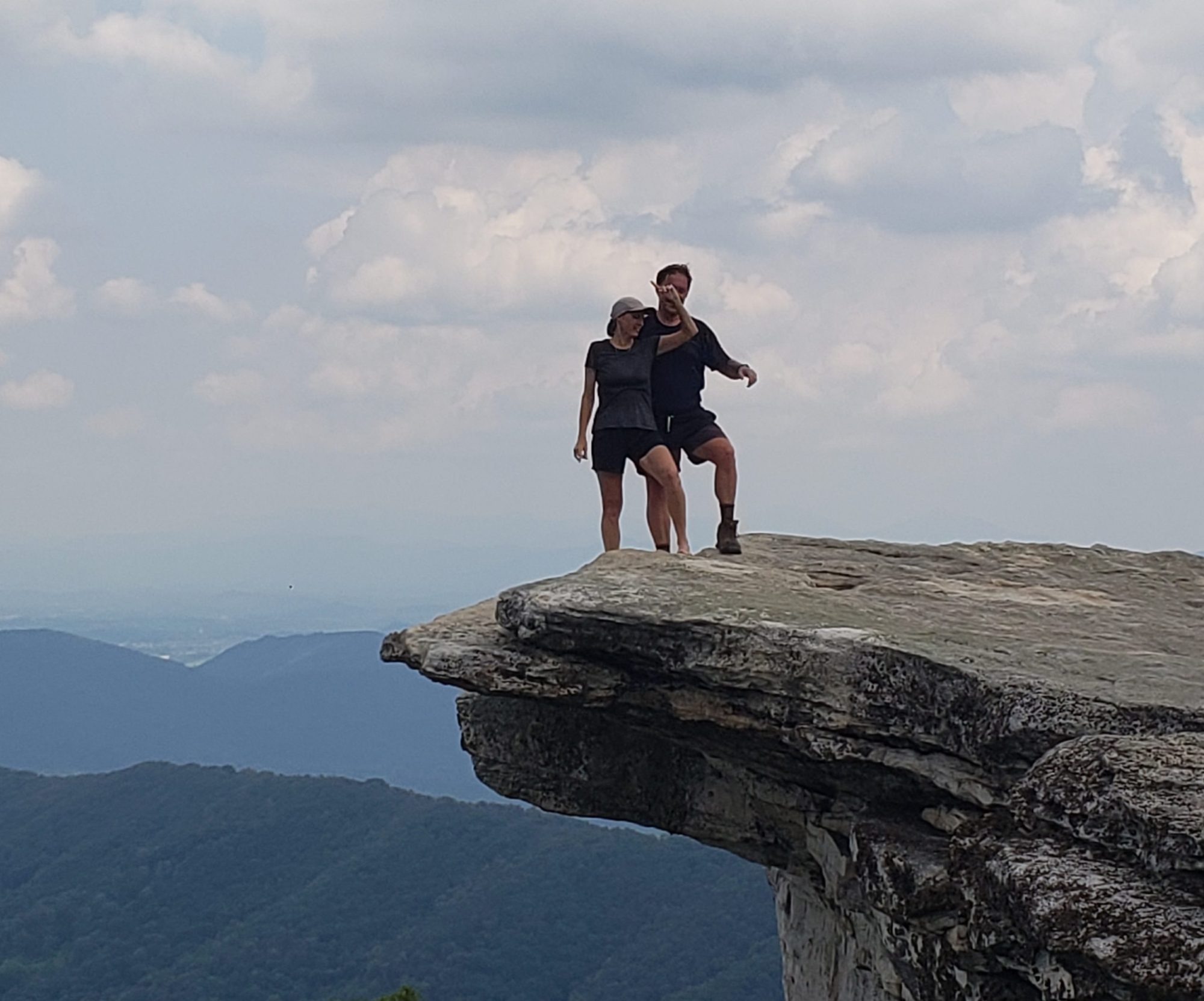This is the first time during our trip where we stayed at a campground that we had stayed at before. The Poche Plantation RV Park is situated about halfway between New Orleans and Baton Rouge. Not only is it within a half hour drive from numerous really cool plantations but it is situated on a plantation itself. We learned this time that this plantation and many others have morphed from being slave holding plantations along the Mississippi River to land owned by the big oil refining companies and then to tourist destinations as museums of a sort. Not only would we become tourists and visit a few of these magnificent estates but we would revisit a restaurant in downtown New Orleans to reminisce about the best sandwich we have ever eaten. The locals call them “po-boys” as when there was a street car strike a hundred or so years ago the lunch spots of the era were known for yelling out “here comes one of those po-boys looking for lunch”. We got the surf and turf po-boy with fried shrimp and roast beef on a fabulously fresh foot long roll. Take a look at the wikipedia description of a po-boy; https://en.wikipedia.org/wiki/Po%27_boy
Our first new plantation of the trip is called Destrehan Plantation. For the official introduction check out their website at https://www.destrehanplantation.org/





Read below how these sugar kettles were used in the production of sugar cane. Destrehan Plantation had sugar as its major moneymaking crop.



The magnolias were blooming on this mid February day and the live oaks were as spectacular as ever.


Everything around here on the Gulf of Mexico seems to revolve around oysters. Once the the living thing was turned into a fabulous po-boy sandwich, the shells were used to help make plaster for building.




Some pictures of the mansion from back in the day before it was restored.


Fabulous shade trees these live oaks make.


Creole: French settlers used this term to distinguish those born in the colony of Louisiana from those born in another country or elsewhere.
Negress: A female negro
Negrillion: A child negro
Negrite: Spanish term for female negro
Mulatto: A person of mixed white and black ancestry, especially a person with one white and one black parent.
Driver: A slave of authority appointed by the master to lead and discipline field workers and maintain order in the quarters.
Dropsy: A condition with accumulation of fluid in the abdomen, chest, head or extremities.



https://www.pearse-trust.ie/blog/common-law-civil-law differences#:~:text=The%20main%20differences,may%20need%20adjudicating%20in%20court.
“The key difference between these two legal foundations is that civil law is codified whereas common is not, at least not in the same way.
Civil law codes tend to be comprehensive and encompass the full spectrum of civil and criminal matters that may need adjudicating in court. They set out how each matter should be dealt with and what remedies should be applied, if any. And unlike their common law counterparts, civil law courts are inquisitorial, with civil law judges investigating and establishing the facts of a case before applying these against the relevant sections of the civil code to reach a verdict.
Common law systems are less structured and more organic in nature. Legislative statutes tend not to be as comprehensive as in civil law countries, so courts play an important role in developing the law. Thus, case law forms a major source of law, and, as a result, judges are more active in shaping the legal landscape. Further, common law judges act more as mediators than as investigators, presiding over an adversarial system where the parties in dispute argue their case.
In reality, however, few jurisdictions are purely using one system or the other, with common law jurisdictions reflecting aspects of civil law practice, and vice versa, often depending on historical legacies. South Africa, for example, with its British and Dutch influences, practises a mixture of the two.”



As usual, most of the restoration was flawless but they did incorporate some plexiglass so we could view some of the original substructure.

Back at Poche Plantation we had a nice meal at their country restaurant. The elder lady that owns the place had quite the personality. She was glad to turn on her “air conditioning” for us even though it was early February. Check out the engineering involved below:



